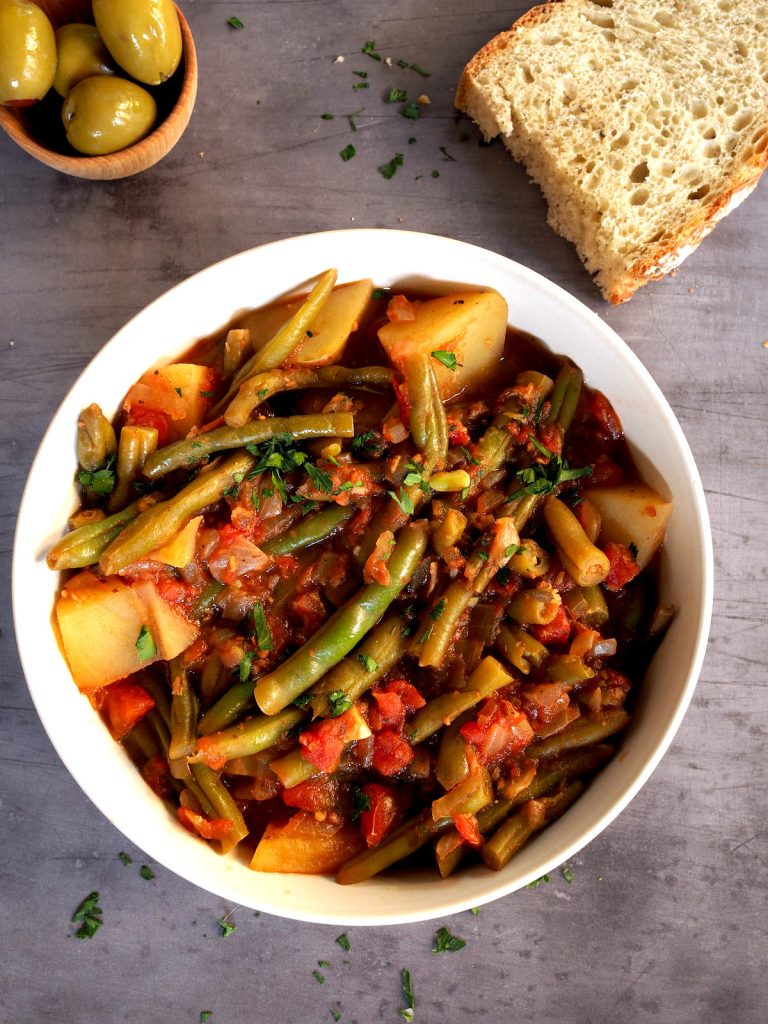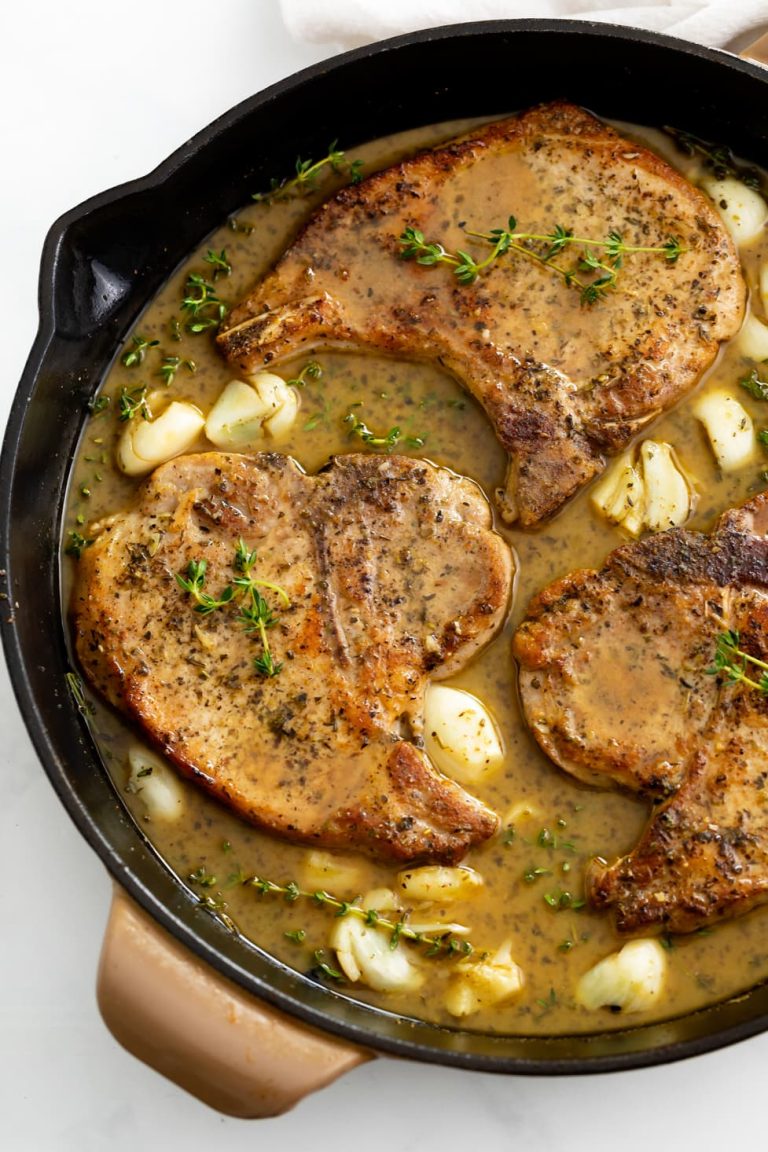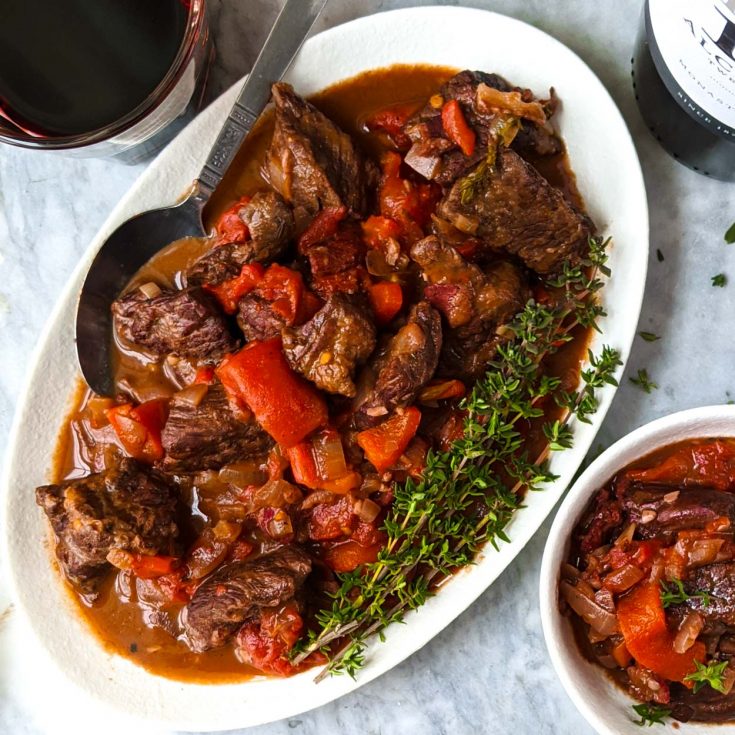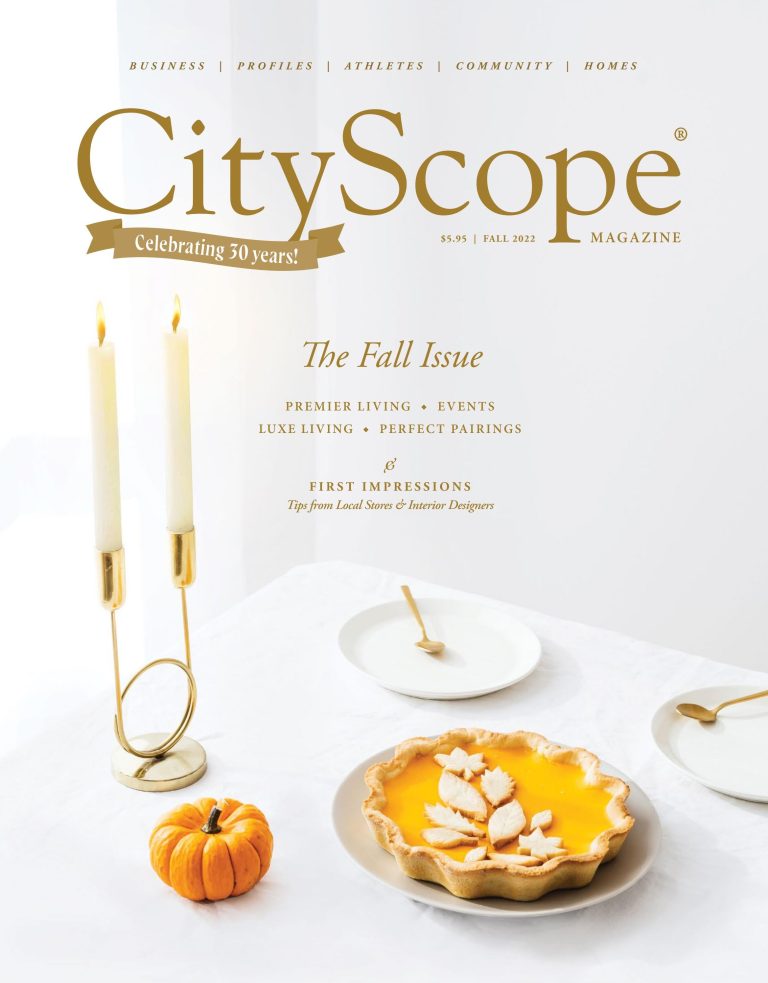Angel Food Cake: History, Baking Tips, and Healthier Gluten-Free Variations
Angel food cake dates back to the late 19th century in the United States. Its first documented recipes appeared in American cookbooks during this time, marking it as an invention of American bakers. The cake’s unique feature is its absence of butter or fat, relying instead on egg whites to achieve its light and airy texture. Early recipes often called for labor-intensive hand-whipping of egg whites, but the advent of mechanical egg beaters in the late 1800s simplified this process considerably.
Popularity in American Cuisine
In the 20th century, angel food cake gained widespread popularity in American households. Its low-fat content and lightness made it a favored dessert for those seeking a healthier option. Cake popularity surged during the post-World War II era, as boxed cake mixes, including those for angel food cakes, became readily available. Brands like Betty Crocker and Pillsbury played significant roles in distributing these mixes, making it easier for home bakers to prepare the cake without extensive effort. Today, angel food cake remains a staple in American cuisine, celebrated for its simplicity, versatility, and classic appeal.
Key Ingredients and Substitutions
What Makes Angel Food Cake Unique?
Angel food cake’s distinctiveness stems from its lack of fat, which sets it apart from most other cakes. The primary ingredients are:
- Egg Whites: Provide structure and a light, airy texture. You’ll need about 12 large egg whites.
- Sugar: Adds sweetness and helps stabilize the egg whites. Granulated sugar is typically used.
- Flour: Cake flour ensures a soft texture. About 1 cup is required.
- Cream of Tartar: Stabilizes the egg whites and helps them hold their volume. Use around 1 teaspoon.
- Flavorings: Vanilla extract is common, but almond extract can also be used for a different twist.
The absence of butter or oil means the cake relies heavily on aerated egg whites and sugar for both height and texture. This gives angel food cake its melt-in-your-mouth quality.
Common Substitutions for Dietary Restrictions
To accommodate dietary restrictions, consider these substitutions:
- Vegan Egg Whites: Use aquafaba (the liquid from canned chickpeas) as a substitute. Three tablespoons of aquafaba match one egg white.
- Sugar Alternatives: Replace granulated sugar with stevia or erythritol. Use the package’s conversion chart to match sweetness levels.
- Gluten-Free Flour: Swap cake flour with a gluten-free flour blend. Ensure it contains xanthan gum for proper structure.
- Cream of Tartar Alternatives: Lemon juice or white vinegar can replace cream of tartar. Use an equal amount.
These substitutions help cater to diverse dietary needs while maintaining the angel food cake’s iconic texture and flavor.
Step-by-Step Baking Guide
Important Techniques for Fluffiness
Ensuring fluffiness in angel food cake requires specific techniques. First, use room-temperature egg whites as they whip better. Avoid any yolk contamination in the whites since fat hinders foam formation. Whip the egg whites to soft peaks before slowly adding sugar. This gradual addition helps stabilize the meringue.
Fold flour and sugar into the meringue gently, using a spatula. This technique maintains the airiness without deflating the mixture. Use a tube pan with a removable bottom for even baking and easy removal. Avoid greasing the pan as the batter needs to cling to the sides to rise properly. Bake in a preheated oven, and once done, invert the pan to cool. This prevents the cake from collapsing.
Common Mistakes to Avoid
Avoid these common mistakes to bake a perfect angel food cake. Don’t skip sifting dry ingredients as clumps can ruin texture. Overmixing the batter after adding flour deflates the meringue, leading to a dense cake. Opening the oven door during baking causes the cake to fall due to temperature fluctuations.
Use the correct type of sugar, like superfine sugar, which dissolves better in egg whites. Regular granulated sugar may not whip into the meringue properly. Ensure all mixing bowls and utensils are grease-free since even tiny amounts of fat can prevent the egg whites from whipping to their full volume. If you follow these guidelines, you’ll achieve the desired light and airy texture.
Decorating and Serving Ideas
Classic Toppings
Add traditional toppings to enhance your angel food cake’s flavor and appearance. Whipped cream and fresh berries like strawberries and blueberries pair well with the cake’s soft texture. A dusting of powdered sugar adds an elegant touch. You can drizzle chocolate or fruit sauces for added taste. Vanilla ice cream also makes a great accompaniment, providing a cool contrast.
Creative Twists for Special Occasions
Incorporate unique decorations for special events to make your angel food cake stand out. For a birthday celebration, use colorful sprinkles and edible glitter. Create a layered trifle by alternating slices of the cake with layers of fruit, custard, and whipped cream. Use edible flowers for a wedding theme to add a sophisticated look. For a festive holiday, top with a cranberry compote and candied ginger pieces. Baking in shaped molds, like hearts or flowers, adds an extra special touch.
Experiment with fillings to add surprise elements. Inject fruit preserves, lemon curd, or flavored creams into the cake for added layers of flavor. Use flavored syrups like lavender, rose, or almond to give a subtle but distinct taste.
Healthier Versions of Angel Food Cake
Reducing Sugar
Reducing sugar in angel food cake improves health without sacrificing taste. Replace half of the sugar with a natural sweetener like stevia or honey. Stevia provides fewer calories, and honey adds nutrients. Use powdered sugar substitutes to retain the cake’s light texture.
Gluten-Free Options
Switching to gluten-free flour ensures angel food cake is accessible to more people. Use gluten-free all-purpose flour blends or almond flour for a nutty flavor. Add xanthan gum to mimic gluten’s elasticity, giving structure to the cake. Ensure all ingredients, including baking powder, are gluten-free.
Conclusion
Angel food cake stands out for its delicate texture and versatility. By understanding its history and mastering the right techniques, you can create a perfect cake every time. Whether you’re looking to make a traditional recipe or adapt it for dietary needs, there are plenty of options available. Healthier versions with natural sweeteners and gluten-free alternatives ensure that everyone can enjoy this classic dessert. So, next time you’re in the mood for a light and airy treat, consider baking an angel food cake that suits your dietary preferences.





